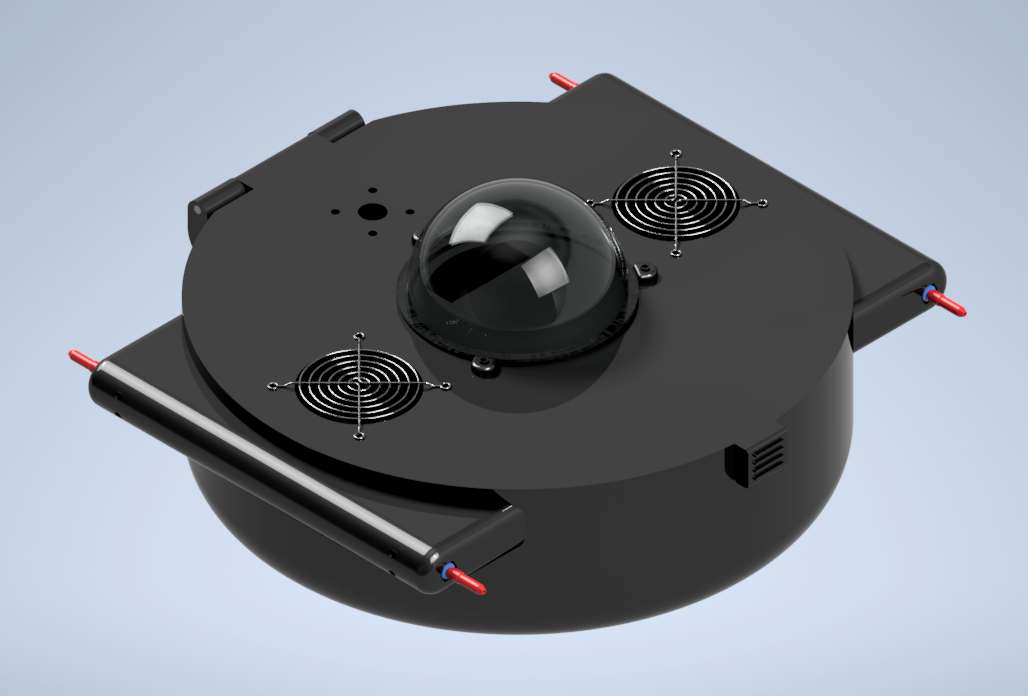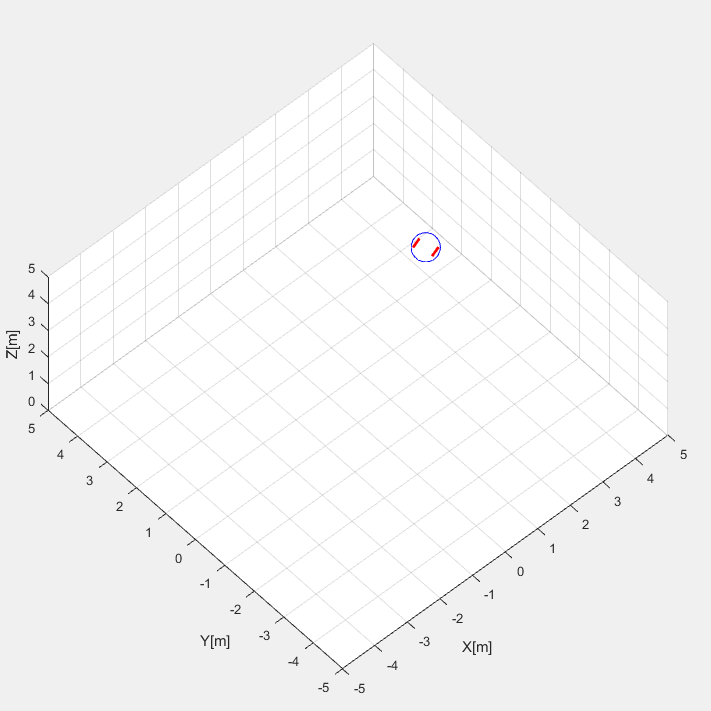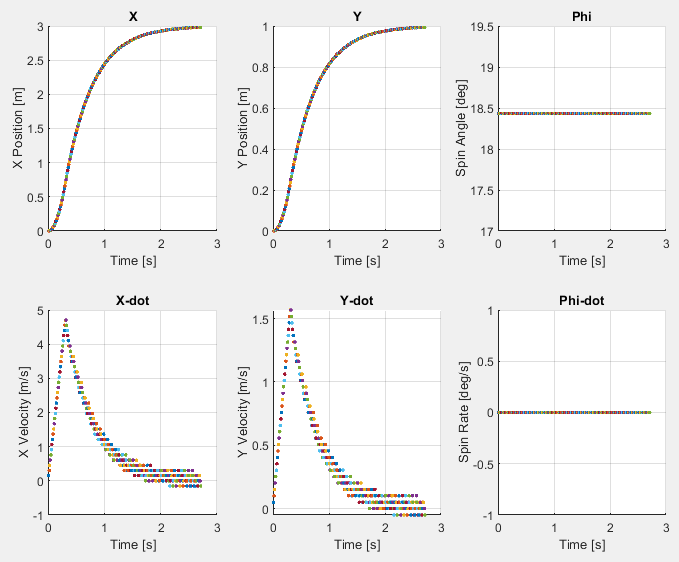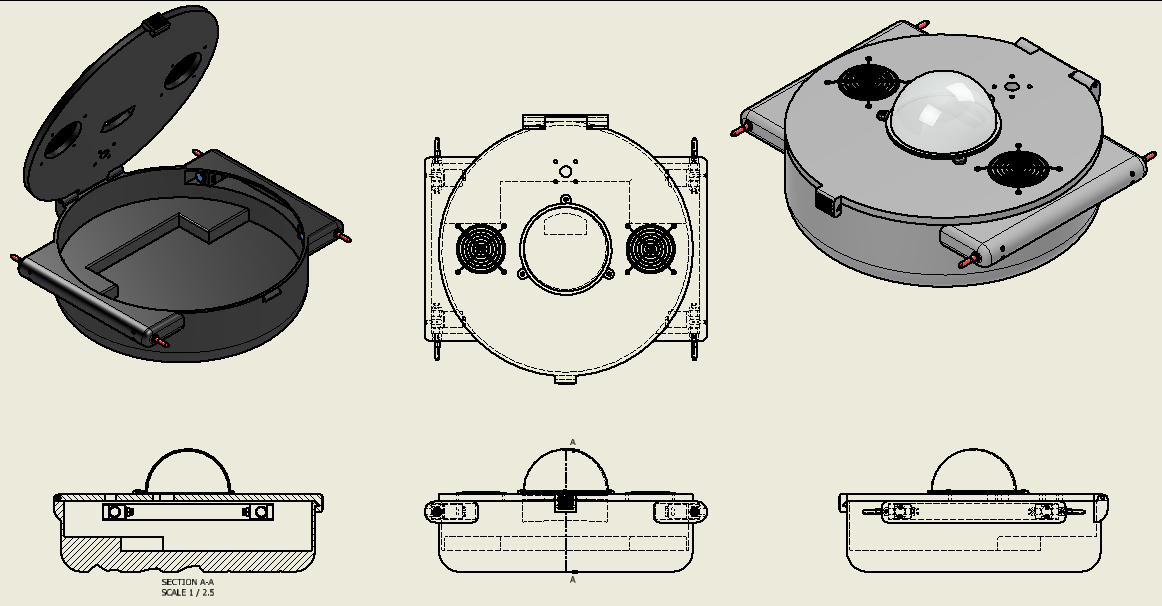Buoyant Pneumatic Drone



For my Space Systems Junior Design project, I collaborated with my classmates to design a cost-effective model capable of simulating satellite orbital adjustments within a 2D plane. This model aimed to employ cold gas thrusters and autonomous control to replicate the intricate maneuvers that real satellites execute in space. Using Autodesk Inventor, I focused on the physical design of the system, ensuring that the assembly met all design requirements. This involved the careful selection of appropriate materials and components to guarantee the model's accuracy and functionality.
In addition to the physical design, I ventured into the realm of virtual simulation. Leveraging my skills in Matlab, I developed a comprehensive simulation of our proposed system, which incorporated a PID controller. This required a strong grasp of dynamics and fundamental control theory to ensure that the simulated system behaved realistically. The simulation aimed to test different configurations of our proposed system, determining their functionality, and enhancing the performance of our current design.
As the end of the semester approached, we had the opportunity to showcase our work to our peers. Through this presentation, we effectively demonstrated its capability to achieve its design objectives, highlighting its potential for future applications. Moreover, we engaged in a candid discussion about the current design's limitations, emphasizing the significance of iterative design processes and continuous improvement. This project not only honed my technical skills but also instilled in me the value of innovation and adaptability in engineering design.
